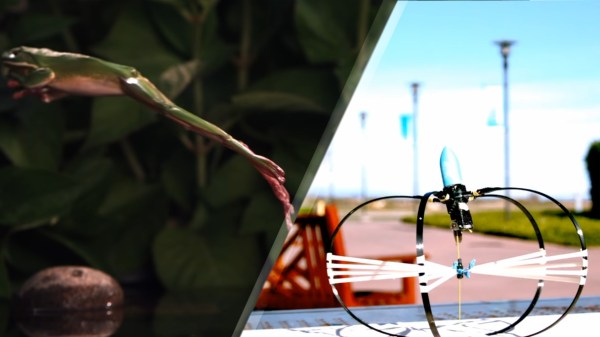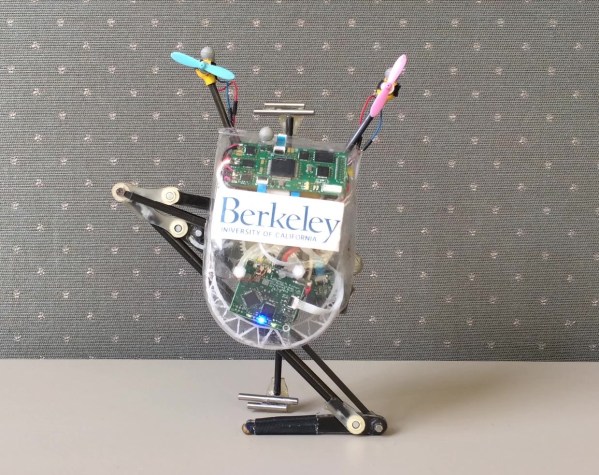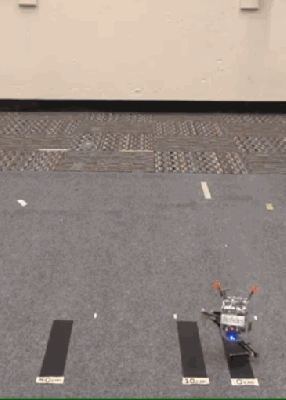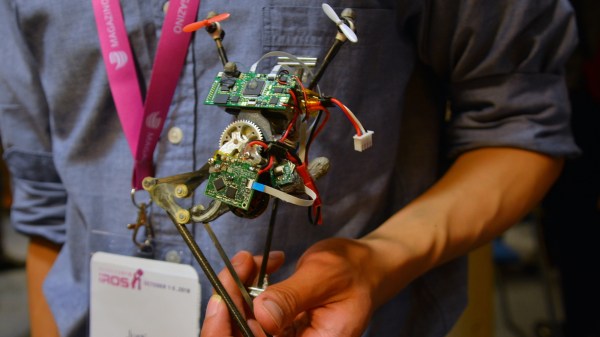Do you feel nostalgia for a childhood novelty toy that had potential but ultimately fell short of its promise? Do you now have the skills to go make a better version of that toy to satisfy your long-held craving? [ExpensivePlasticCrap] does and has set off on a mission to make a better jumping bean.
Jumping beans, the phenomenon on which the novelty of [ExpensivePlasticCrap]’s childhood is based, are technically not beans, and their movement is arguably not a jump — a small hop at best. The trick is that the each not-a-bean has become the home to moth larvae that twitches and rolls on the ground as the larvae thrash about, trying to move their protective shells out of the hot sun.
The novelty bean was a small plastic pill-like capsule with a ball bearing inside what would cause the “bean” to move in unexpected ways as it rolled around. [ExpensivePlasticCrap]’s goal is to make a jumping bean that lives up to its name.
Various solenoids and motors were considered for the motion component of this new and improved bean. Ultimately, it was a small sealed vibrating motor that would be selected to move the bean without getting tangled in what was to become a compact bundle of components.
An ATtiny microcontroller won out over discrete components for the job of switching the motor on and off (once per second), for ease of implementation. Add this along with a MOSFET, battery and charging board for power into a plastic capsule, and the 1 Hz jumping bean was complete.
[ExpensivePlasticCrap] offers some thoughts on how to get more jump out of the design by reducing the weight of the build and giving it a more powerful source of motion.
If insect-inspired motion gets you jumping, check out this jumping robot roach and these tiny RoboBees.



















